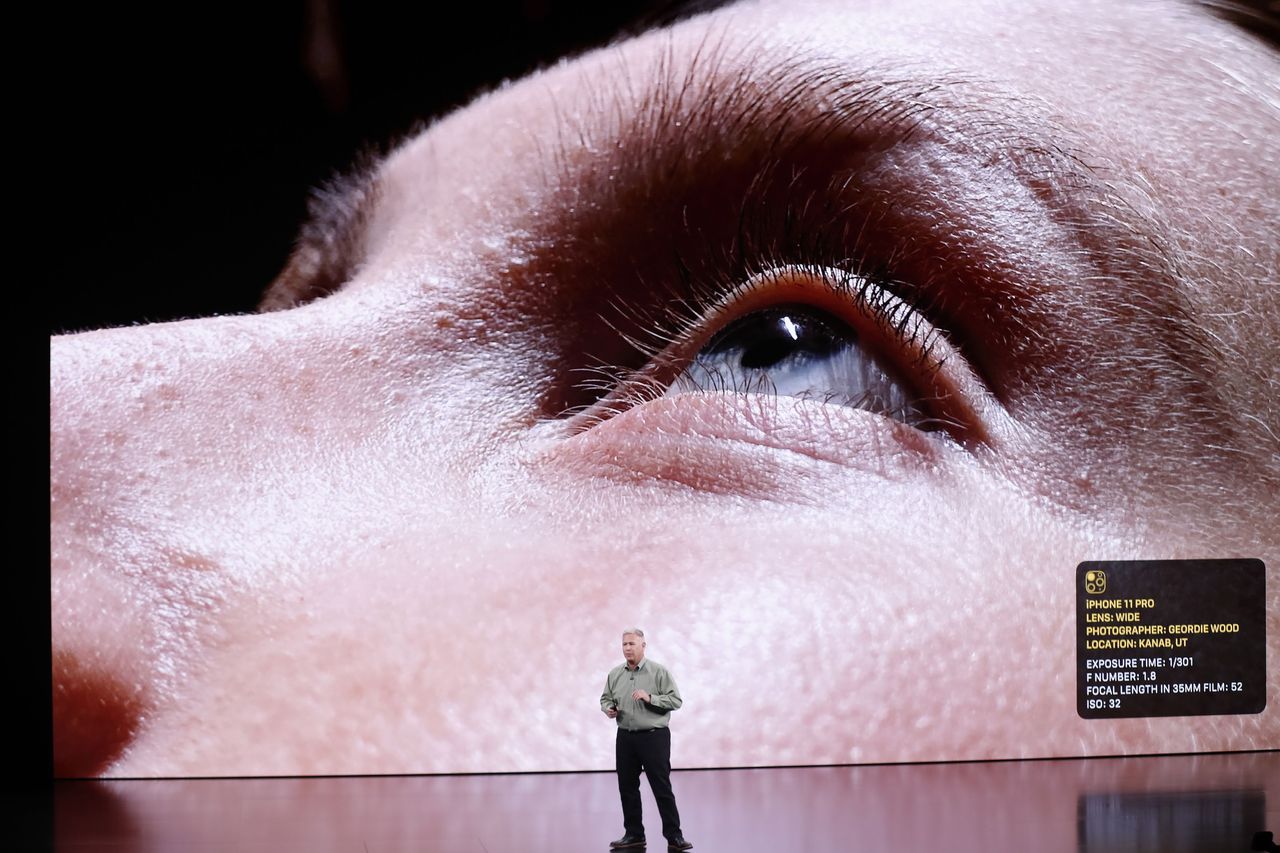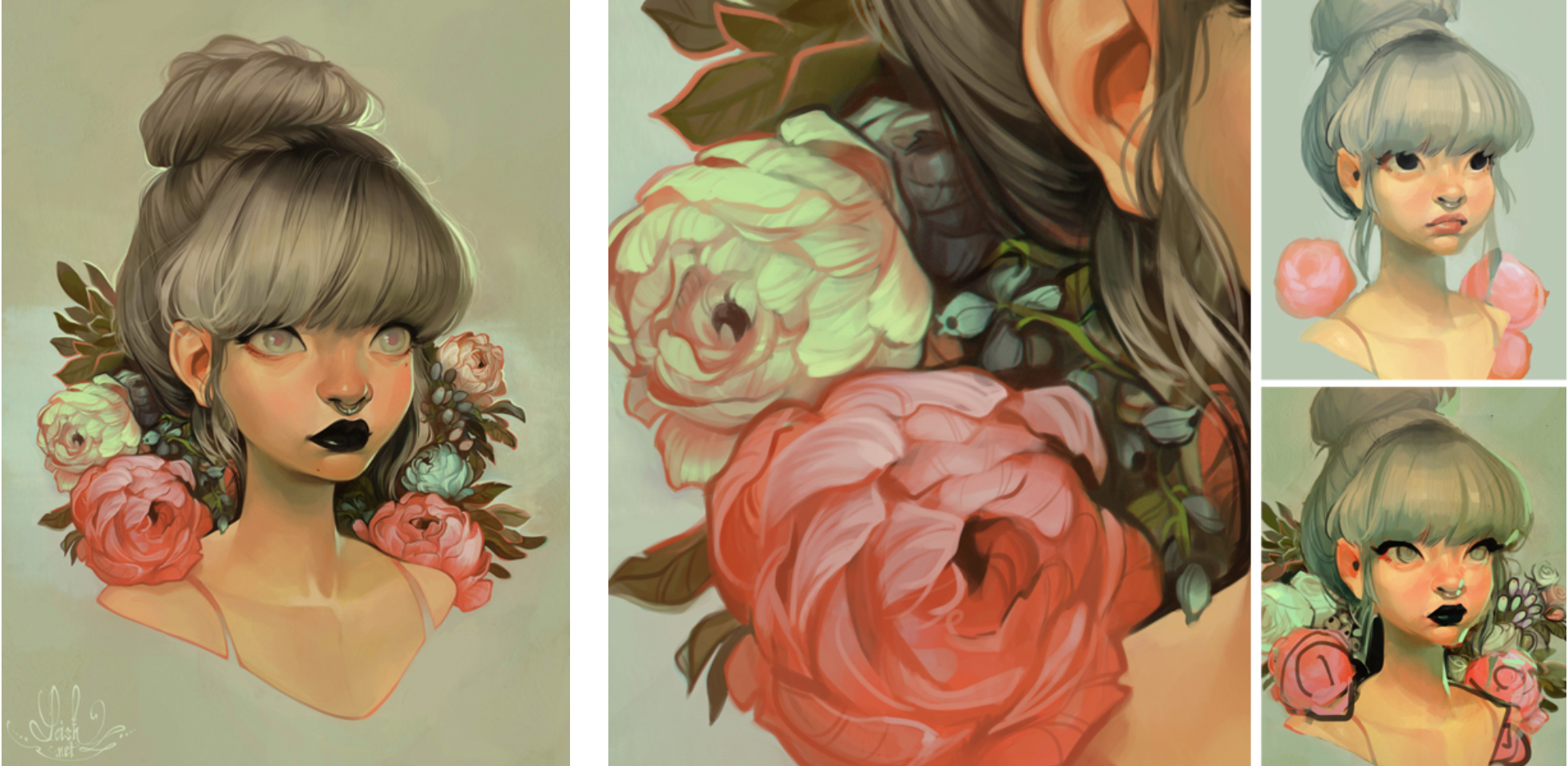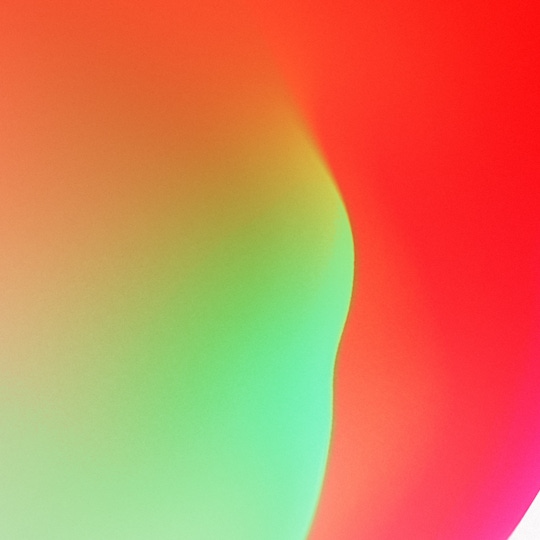The Future of Creativity
Creativity is valuable
Through the ages advancements in technology have revolutionised our societies, communities and every facet of the way we live, but the value our society places on creativity has remained constant. Uniquely, creativity provides both the ideation behind technical advancements, and the results of what we achieve with those advancements - shaping cultural evolution from either end of the progress bar. Paving the way for what we’ll be dreaming up, and spending our time on next.
We are creators. The conceptualisation and application of our craft and creative skillset is an ongoing store of value that cannot easily be replicated. That's our insurance policy for the future.
The future is automated
A recent report concluded that, in Japan, up to 49% of all jobs could be automated. Similar research has found lower figures in the UK (at 35%), and in the US (at 47%), primarily because many jobs that are prone to automation have already begun to be tasked to machines here.
"Our findings thus imply that as technology races ahead, low-skill workers will reallocate to tasks that are non-susceptible to computerisation - i.e. tasks that require creative and social intelligence."
Michael Osborne, The Future of Employment
University of Oxford
Nesta’s Creativity versus Robots report found that highly creative roles are much less likely to become replaced by machines, with 87% of these roles at low or no risk of automation in the UK.
"What sets ‘future-proof’ digital skills apart are their use for non-routine tasks, problem-solving and the creation of digital content."
Eliza Easton
British Council/Nesta
Creativity will be assisted
What we'll create in the future is dictated by the availably of the tools we can use, and the opportunities we’ll be given to use them. So how do we deal with automation? When the camera on your phone decides which shot is best, and can actually deliver on it’s logic, where does your value come into the equation?

"When you press the shutter button it takes one long exposure, and then in just one second the neural engine analyzes the fused combination of long and short images, picking the best among them, selecting all the pixels, and pixel by pixel, going through 24 million pixels to optimize for detail and low noise."
Phil Schiller, Senior Vice President of Worldwide Marketing
Apple
In 2018 director Nicolas Winding Refn set out to shoot his epic 10-part drama ’Too Old To Die Young’ with cinematographer Darius Khondjit on an iPhone. They later scrapped the idea due to resolution problems, but could they do it in successfully in 2022, 2024?

As our tools become smarter they’ll be able to make technical decisions with considerations for more inputs, sharper sensors and a greater range of outputs. They’ll see in the dark, look round corners, build at impossible angles and at scales larger and smaller than we can. As we dream up more complex and interesting concepts, our tools will interpret our inventions, understand our intentions and realise our creative projects for us.
Knowing what to shoot, what to draw, what to build. Knowing how to convey the tone and meaning behind why you’re creating, and knowing how best to communicate and present to your audience - the value of your craft is future-proofed by experience, not by application. Your experience is the difference that you bring to the table, the personality that you imbue in your work and the reason people will connect with what you’re making.
We're building Fabrik to learn how to present creativity. Over time we’ll be further evolving the platform to understand the work you’ve created; tonally, thematically, subjectively - and to make decisions on how to display that work to your audience.
Understanding both your media and how you work as a creative allows us to do really magical things with your content. When adding your work we can suggest which themes and layouts will best show off your work, which colours and styles best reflect your personality and the expectations of your viewers.
By drawing on our own experience of watching and working with you to build thousands and thousands of portfolio websites, we’re teaching Fabrik how to present your work to help you ace job interviews, how to communicate your concepts and your creativity to your next clients and how to make sure you get more exposure for the work you’ve done.
Communication is universal
We can reach anyone, at any time.
The way we showcase our work has been upgraded. We can show you what we’re doing whilst we’re doing it with Stories. We leave behind the highlights in our Posts, our Articles and our Reels. We tidy up, trim, sharpen and polish the fruits of our ideas and our labours into the pages of our Portfolios.
"As digital imaging advanced, the internet expanded into the multimedia universe we have today, and, perhaps paradoxically, its art communities dwindled. Users traded dedicated artist communities for major social networks, leaving links to their new Instagram and Facebook accounts on their abandoned profiles."
Kelsey Ables, The Rise & Fall of Internet Art Communities
Artsy
The way we showcase our work has been decentralised. We’re fighting for the right to display our craft against the power of popularity. Exposure is quantifiable; it has value, and i'll guarantee you that the hundreds of hours you spent getting that project perfect will be upstaged by a cute dog. The value of your craft isn't critically appraised. The meaning in your work isn’t explored. It’s you versus Kim or you with Kim, honey.
All of this is a form of empowerment, sure. It’s equal - you have the same chance as anyone else to trigger an algorithm, but your post is not yours anymore, and maybe you can’t afford to stay in the game anyway.
Everything you share has been granted license by you to be used by the owners of that platform. Everything you’ve worked on as part of a team, or as part of a production, passes through the filters of rights management. In a lot of cases you don’t own the rights, and that means the right to share. Then of course, everything you can share needs to be boosted if you want it to reach fresh eyes.
In terms of effort versus reward, creatives are poorly represented online. Almost all creative’s need to build an audience to get discovered. The impact and value of created work is diluted by noise across all digital and social channels.
And this is inherently a problem. When popularity is the only metric of worth, then popular ideas and aesthetics are the only media that is adopted for consumption.
The way we showcase our work has been diluted. The internet grew from a place of action. Creators created, creators shared, creators appreciated. Mutual respect and collaboration created opportunities and encouraged all kinds of artists with marginalised and mainstream identities working side by side in the pursuit of creating interesting, remarkable work. Attention was directed towards the new, the interesting and the unique.
"As the internet moved toward homogeneity and passivity, once-vibrant art communities became casualties in social media’s rapid, obliterative rise."
Kelsey Ables, The Rise & Fall of Internet Art Communities
Artsy

Posting her progress every day (sketches, experiments, everything except the finished article), illustrator Lois Van Baarle understands that the only way to build an audience is through the relentless pursuit of promotion. By keeping her completed pieces off Instagram she's retaining sole ownership and is focussed on showing them on her portfolio site, and selling her artwork through other networks. Her posts are portrait, mobile-first, quick to iterate and capture:
"You have to post constantly, otherwise, the algorithm decides you’re not interesting, and will not show your posts to your followers."
Lois Van Baarle
Illustrator
The future of Creativity
We created Fabrik to address this imbalance by adopting a business model that puts you first. We thrive when you thrive, and our success is guaranteed by sharing your work, growing your exposure - because we have something that nobody else does - you.
The Creative Industries have doubled in the last 20 years - here in the UK averaging 5.5% Year on Year growth, and outperforming all other UK sectors. With a GVA increase of 53.1%, compared to 29.7% for whole economy during the same period. This pattern is replicated in the US, EU & demonstrable worldwide.
Fabrik's mission is to give 40million creative people worldwide the confidence and tools they need to learn their craft, build and showcase their careers, find work, and foster networks.
By building a deeply-trusted brand and a services platform that focuses on the creative lifetime journey (from a skills, rather than tools, perspective) we’re future-proofing the creative process and navigating creative careers safely away from extinction. We believe that long-term craft is more resilient to automation that toolkit.
Starting with our portfolio website platform (Fabrik) and the World's only free-to-enter, entirely inclusive annual creativity awards showcase (Fresh Future) we're building a suite of connected services to assist creative people from skill learning, encouragement and inspiration, courses, freelance business services, network-building, showcase and collaboration tools to communities, mentorship and the meaningful fulfilment of their careers.
We aim to provide all creatives with tools to assemble teams, meet and execute briefs from a marketplace of companies worldwide to sustain profitable businesses on their own terms. Changing the creative industries for good, and empowering creatives on theirs own terms everywhere.
Own It
It's time for us to embark on the next chapter in the development of the platform and we'd like you to help us make Fabrik the first choice for creatives everywhere. Invest* in Fabrik and together we'll define the future of creativity.
Play an active role in The Future of Creativity
Sources:
The Rise and Fall of Internet Art Communities
The Future of Employment
Robots Could Take Over Nearly 50 Percent of Jobs in Japan in the Next 20 Years
Is creativity the key to the job market of the future?
Creative Industries Council Facts and Figures
*Investing involves risks, including loss of capital, illiquidity, lack of dividends and dilution, and should be done only as part of a diversified portfolio. Fabrik is listed as an investment opportunity on Crowdcube by Crowdcube Capital Limited, which is authorised and regulated by the Financial Conduct Authority (No. 650205).



